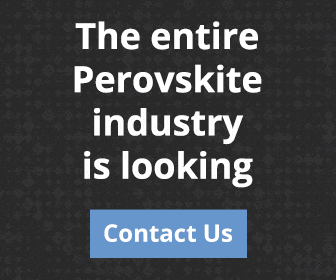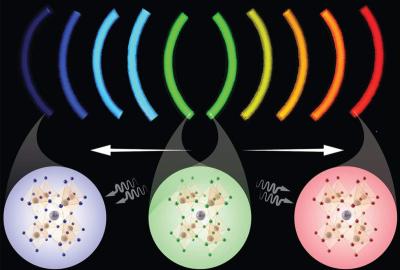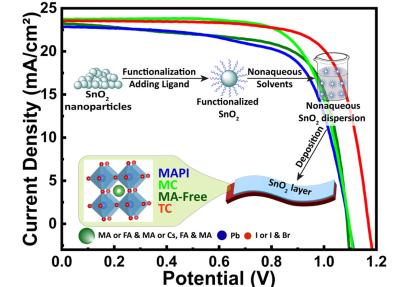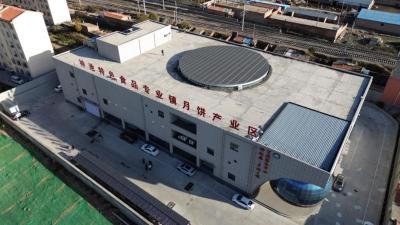UbiQD acquires BlueDot Photonics
UbiQD, a developer and manufacturer of quantum dot technology, has acquired BlueDot Photonics. The deal includes perovskite-based quantum cutting technology and exclusive rights to BlueDot’s associated intellectual property, initially developed (and licensed from) the University of Washington.

Seattle-based BlueDot Photonics develops solutions to improve solar panel performance. BlueDot's doped perovskite materials convert high-energy photons into nearly twice as many lower-energy photons, according to the company, and the technology could increase silicon solar panel efficiency by up to 16%. The technology has the potential to reduce the cost of solar energy generation and push photovoltaic performance beyond the theoretical limits of traditional silicon-based cells.









